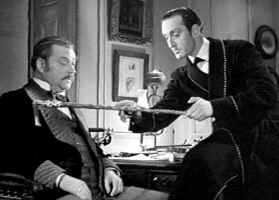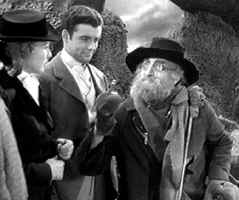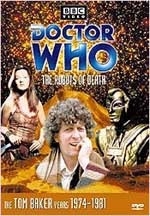 Title: Birth Marks
Title: Birth Marks
Author: Sarah Dunant
Published: 1992
Series: The Hannah Wolfe Crime Novels
Summary: Hannah, back in London, is hired to find a missing ballet dancer, Carolyn Hamilton. When Carolyn is found dead only days after, under the assumption of suicide, Hannah is asked to find out why. What she uncovers, layer by layer, is a truth that reveals more about herself than she was looking for.
This book was lent to me, highly recommended, by a friend [thank you, Lisa!] who knows my love of mysteries, and my general Anglophilia, so I eagerly began reading it nearly as soon as it was in my hands. I was hooked after the opening paragraph:
Mistake number one: I should never have sublet the flat. Mistake number two was letting myself be taken in by appearances. With a job like mine, you’d think I would have learnt by now. But she had seemed such a shrinking violet, an anthroplogy student with so many religous books that she was clearly having trouble with Darwin. Obviously somewhere over the last three months the evolutionists had struck back. The kitchen smelt as if a dinosaur had died there and the bed looked as though it had been used to test out the survival of the fittest theory. Sex and drugs and rock ‘n’ roll It had all happened here. And I hadn’t had any of them. Ah, these young people. As a woman on the wrong side of thirty I could feel disapproval coming on.[1]
Hannah Wolfe’s strong narrative presence is a constant throughout the novel. She was the reason I kept reading, as her desire to know the truth about the dead dancer fueled the narrative onward. Hannah’s a professional private eye, and a darn good one. After reading long series of cozy mysteries where the “detective’s” involvement must be contrived, it was utterly refreshing to have Hannah investigating because it was her job. Hannah rather reluctantly takes the case because she needs the money and because it’s the better of several rather dreary alternatives.
Also making a nice change is that Dunant’s novel is peopled with three-dimensional characters, who don’t exist soley to drop the detective a clue. These characters’ lives continue on while Hannah is not around, and when we revisit them, events in which we’ve played little or no part have altered their willingness to discuss Carolyn’s life. Hannah’s connection to the case grows while she slowly attempts to bring the thusly divergent pictures of the lost Carolyn into focus. And yes, I am attempting to review this without given away any of the clues that Dunant went to such effort to skillfully scatter throughout her pages.
Being a single woman on “the wrong side of thirty,” Hannah also finds herself particularly vulnerable to the choices that various characters, particularly Carolyn, have made about motherhood– leading us into the central theme of the novel. This is where Dunant gives herself away as a serious novelist [which she has now become], rather than simply a weaver of mysteries. Hannah’s narration becomes replete with womb imagery (a little heavy-handed, frankly) and her scrutiny of Carolyn’s life and death become a reflection upon her own life’s choices. Certainly, I think, most women can relate, at least in part, to Hannah’s conflicted thoughts about the single, career-driven, independent life she has (and enjoys) and the children/ marriage/ domestic life she both admires and fears. However, the existential angst with which Dunant wraps this internal narration had me checking the copyright date. Yup, I confirmed to myself, 1992 sounds about right– and it also explains some of the ‘decadant eighties big business’ overtones.
Overall, though, I really enjoyed Dunant and Hannah, and will be eagerly adding the other two novels in the series, “Under My Skin” and “Fatlands” to my TBR list.
Sarah Dunant’s official website: http://www.sarahdunant.com/


 Title: The Shortest Way to Hades
Title: The Shortest Way to Hades




 “The Hound of the Baskervilles” (1939)
“The Hound of the Baskervilles” (1939) 





 This will be my first commentary for a classic Doctor Who story. Up this time, one of my particular favorites…
This will be my first commentary for a classic Doctor Who story. Up this time, one of my particular favorites…